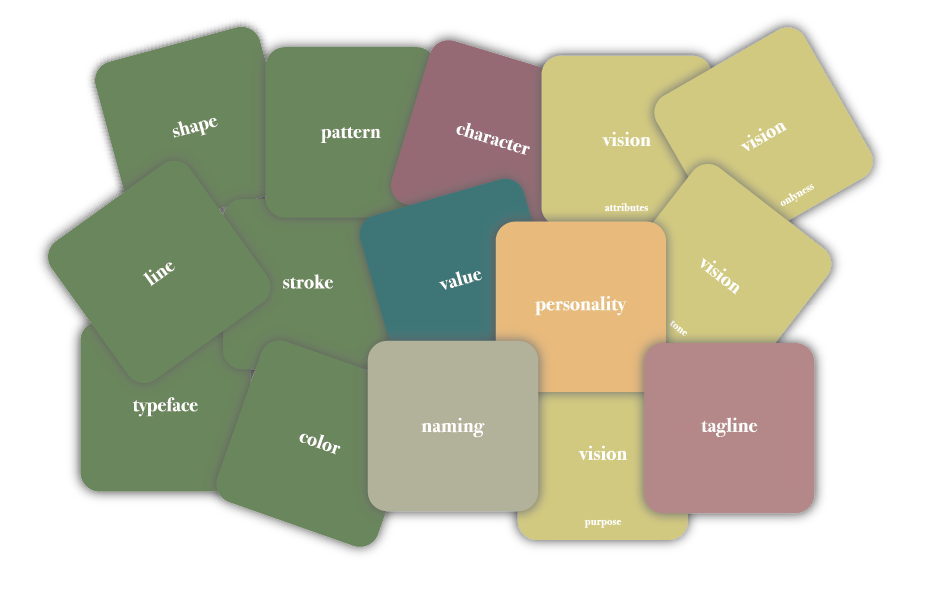

About the
Brand
Design
Deck
An interactive tool to facilitate intentional brand design.
The Theory Behind
Branding is the process to create a presence in order to differentiate yourself from competitors. It will transfer how people understand the brand. In order to define the visual language behind a brand identity is fundamental to establish a set of design elements and principles that will consistently represent the brand across all visual touch points.
“Why we brand. As a really become central to the marketing of almost all products and services, used to build awareness and extend customer loyalty. Why we brand therefore goes beyond just a logo and encompasses the whole product concept, as well as the promise to deliver quality and predictability. A successful brand uses its unique set of values to drive a successful business strategy – to encourage consumers to choose it over its competitors.” Creating a brand identity. A guide for designers, Catharine Slade-Brooking
How the process of brand ideation is evolving?
The ideation of a brand identity is constantly evolving, same as technology and consumer behaviour as well as the narrative to communicate the brand values to create emotional connections with the audience. Overall, the ideation of a brand identity is evolving to reflect the changing needs and preferences of users, as well as the technological and social trend that shape our world. When and why a brand is needed?
“Dispelling stereotypes: a brand is not a logo, a brand is not an identity, a brand is not a product. So what exactly is a brand? It’s a person’s gut feeling, because brands are defined by individuals not companies, markets or the public. The solution is to build a charismatic brand. A charismatic brand is any product, service, or organisation for which people believe there’s no substitute.” The Brand Gap. How to Bridge the Distance Between Business Strategy and Design by Marty Neumeier, Berkeley, California: New Riders Publishing, 2003
The Brand Flip by Marty Neumeier states that the new model of brand is different in the order of events. Instead of creating the brand first, the company creates customers (through products and social media), then the customers create the brand (through purchases and advocacy), and the brand sustains the company (through customer loyalty). This model takes into account a profound and counterintuitive truth: a brand is not owned by the company, but by the customers who draw meaning from it.
Your brand isn’t what YOU say it is. It’s what THEY say it is.
The Brand Design Deck
The Brand Design Deck takes the elements of established best practices for brand strategy as well as design fundamentals and turns them into a set of modules – the cards – that can be manipulated and composed in a natural and easy way. The modular and interactive nature of the deck makes the process of ideating, constructing and designing a brand less abstract and more tangible.
The cards translate the visual elements and unique parameters and its conceptual model into a practical tool and allow the framework to be used in a more dynamic and playful way.
Used in brainstorming or co-design sessions, the deck facilitates the design process and potentially unleashes out-of-the-box thinking, fostering discussion, creativity and collaboration when used in group settings. The Brand Design Deck helps to produce fast tangible results that are ready to be used by designers, strategists, managers or stakeholder when defining a brand.
Visual Element Cards
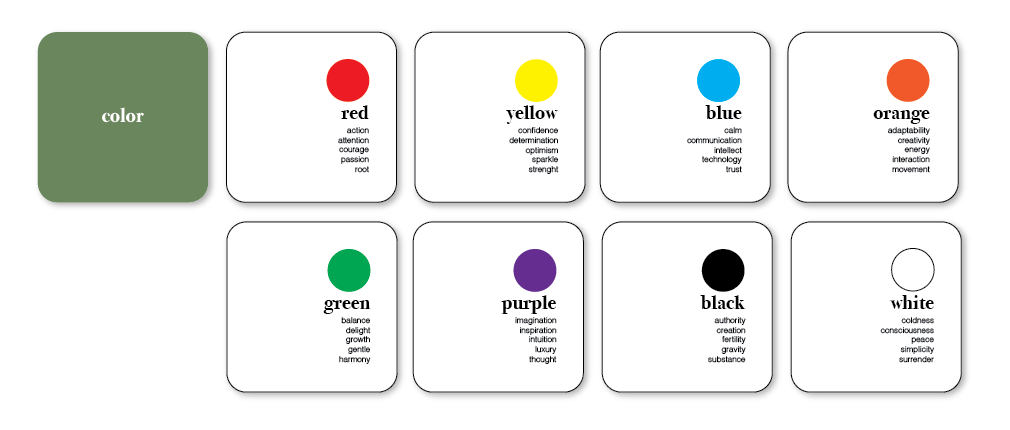
Color Cards
Color is an integral part of products, services, packaging, logos, and other materials. Every color hue has its own energetic signature and properties. It can be an effective means of creating and sustaining brand and corporate images in customers’ minds. The color cards show that there are several psychological, historical and cultural connotations associated with specific colours that can be used according to different approaches.
Shape Cards
Shapes express different ideas, create and suggest a mood or emotion. Shapes are the building blocks of everything we see, and they speak fundamentally about how to communicate with the world. The shape cards show that there are different meanings for each shape that can be used according to different approaches.
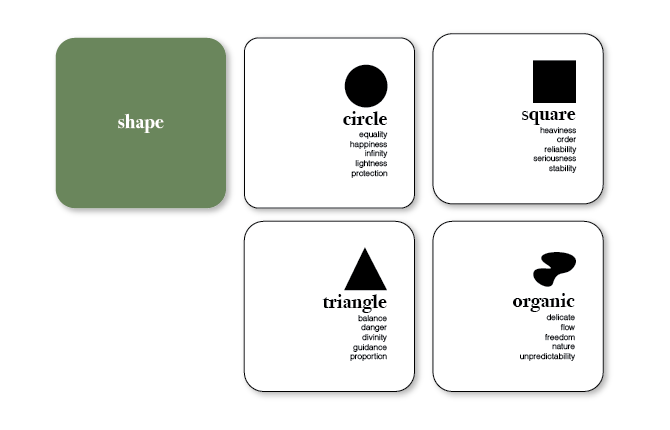

Line Cards
Lines create a mood, provide movement, and help separate, organise or emphasise content, effectively defining the visual identity of a brand. Using the line cards, you can establish which line style best fits your brand.
Pattern Cards
Pattern is the repetition of one or more visual components to create a composition and form a whole. Most patterns are based on the combination of line and shapes.
Using the pattern cards, you can establish which pattern best defines your brand in order to communicate its uniqueness.


Typeface Cards
The right choice of typeface can become a distinctive feature of the brand. Typefaces have a meaning: serif typefaces tend to have a sophisticated, classic feel. Conversely, sans serif typefaces tend to communicate in a more relaxed, informal presence. Use the typeface cards to define how your brand stands out.
Stroke Cards
Strokes refer to a visual element that can make the brand more perceivable. Using the stroke cards, you can establish which stroke use to better define the brand.
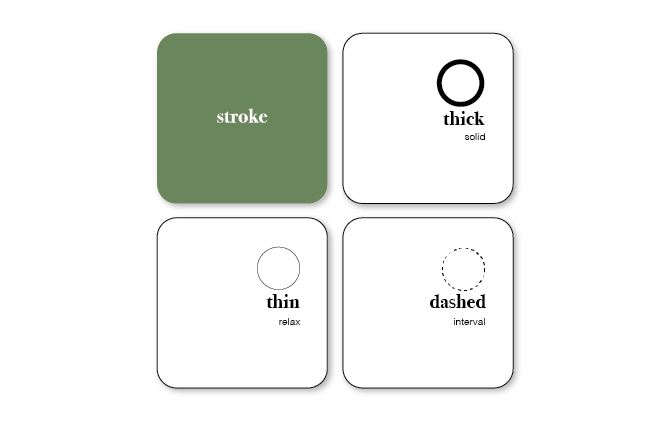
Unique Parameter Cards
Naming Cards
A name needs to define a unique offer, communicate effectively, capture a set of specific values, and look and sound good. With the naming cards, you can consider criteria like distinctiveness, brevity, appropriateness, easy spelling and pronunciation as well as some key approaches.
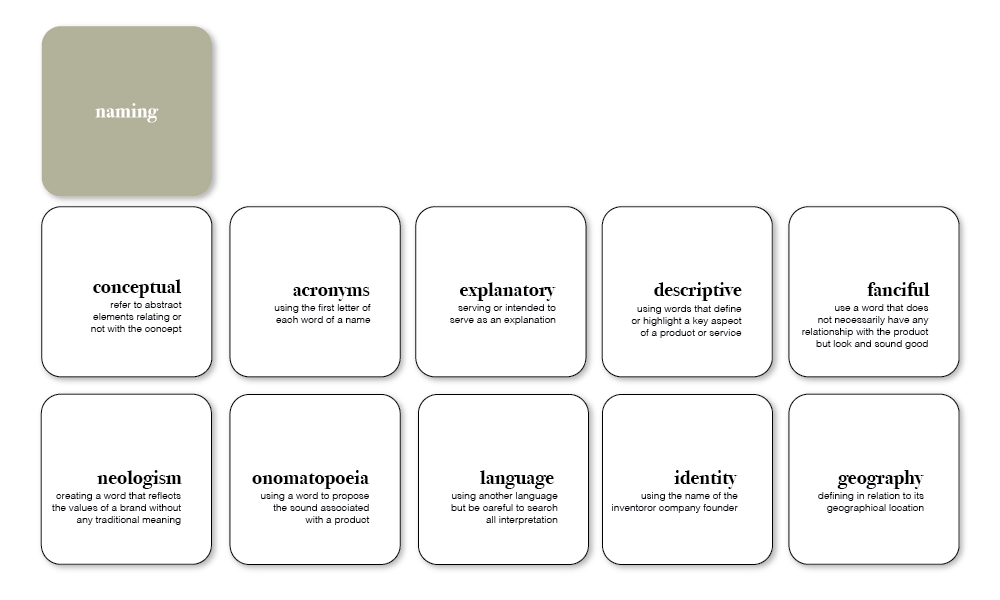
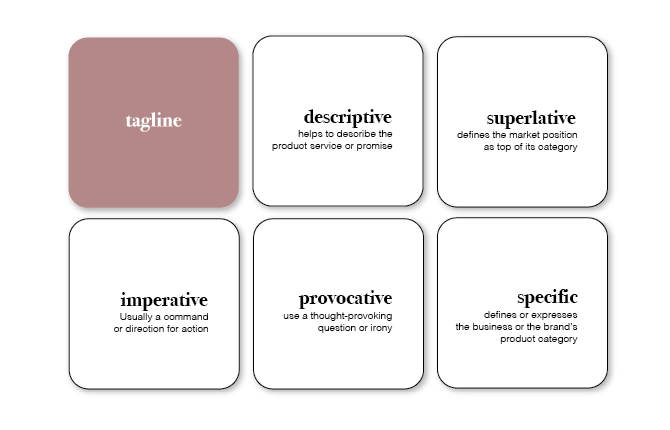
Tagline Cards
The tagline, also called streamline or slogan, is a short description linked with the naming that communicates the value of a brand. The tagline cards show that there are several categories that can be used. Those categories: descriptive, imperative, provocative, specific, superlative come from Marty Neumeier, in the book “The Brand Flip”.
Character Cards
The character cards contain adjectives that prompt thinking about the character of a brand, which is helpful in envisioning the brand as a person. Choose from the following adjectives to help you get started: adventurous, authoritative, bold, friendly, helpful, imaginative, quiet, serious.
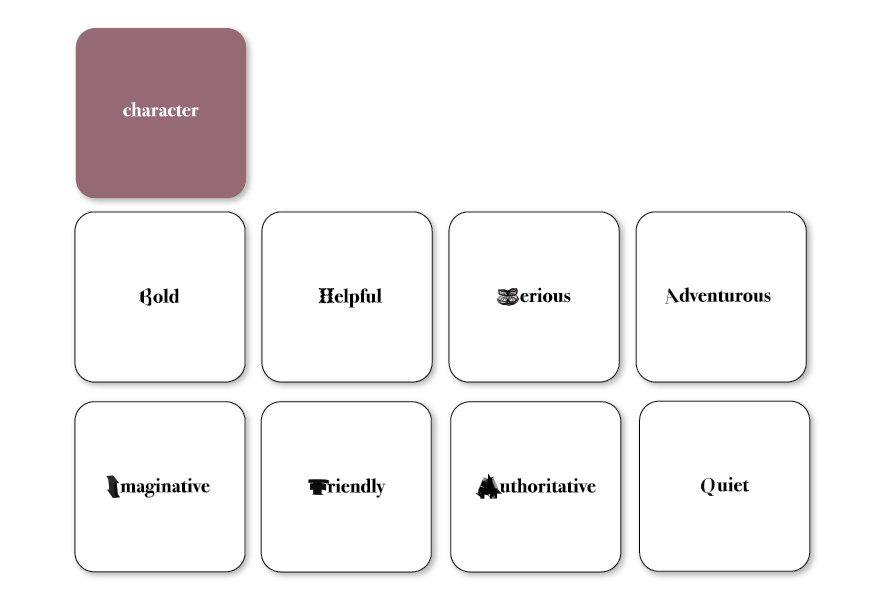
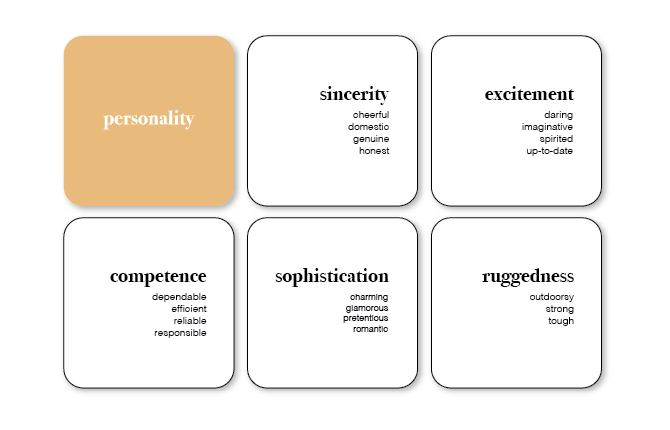
Personality Cards
“Another way of characterising a brand is by identifying its brand personality. One way of doing this is by using social psychologist Jennifer Aaker’s Dimension of brand personality framework, which uses a set of human characteristics to characterise a brand. These are grouped into five core dimensions.” Catharine Slade-Brooking in Creating a brand identity. A guide for designers. Use the personality cards to define your brand characteristics, such as: competence, excitement, ruggedness, sincerity, sophistication.
Value Cards
The value cards can support your design and add value to your company or product. The core brand value is defined as the beliefs that you, as a company, stand for. Brand values are the core beliefs or philosophy that a brand upholds, and which differentiate it from its competitors. The nouns of the 10 value cards come from a book by Marty Neumeier, “The Brand Flip”. He defined intangible assets that add value and make the brand unique and empowering: Authenticity, availability, belonging, clarity, curation, flexibility, guidance, inclusiveness, simplicity, style
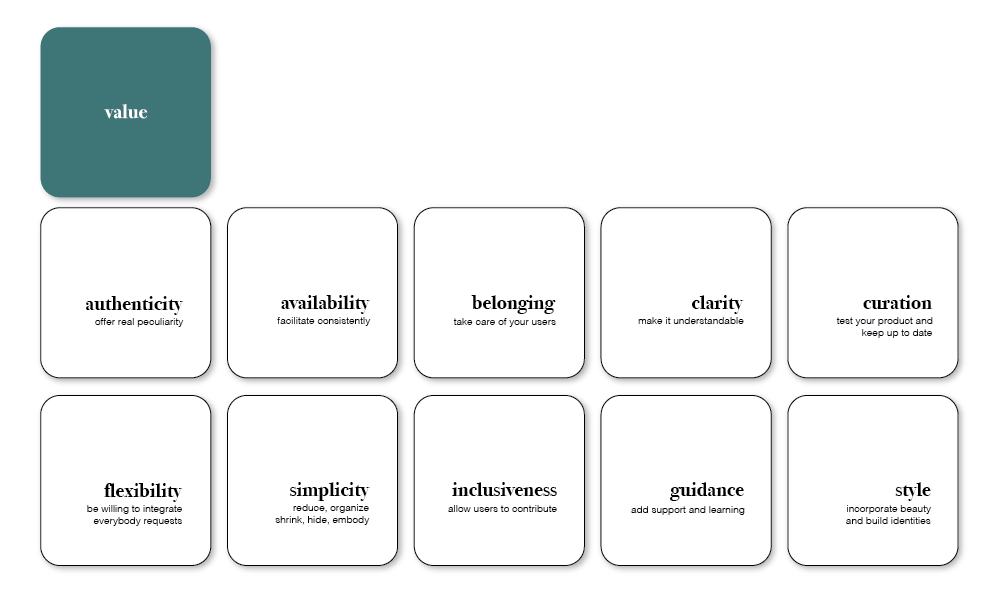
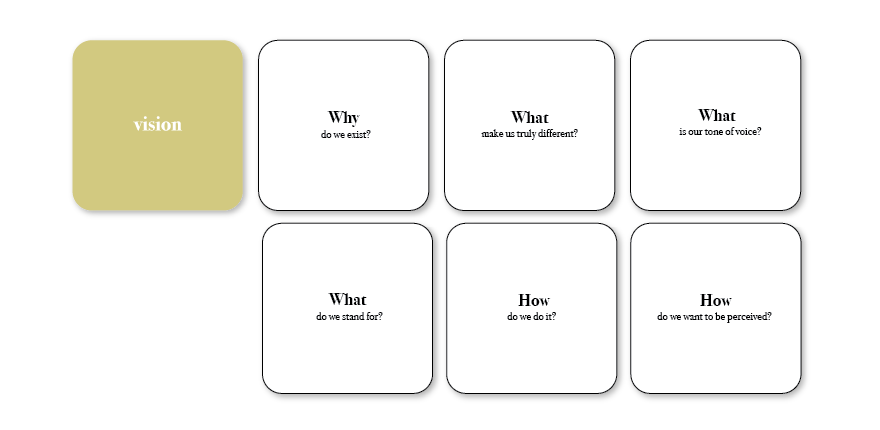
Vision Cards
The vision cards are designed to facilitate deep, meaningful conversation through a series of questions regarding the purpose, the attributes, the tone and the uniqueness that a brand or a product should have. To find concepts that make sense to pursue, it’s important to know what your market is, and what are the chances of your product succeeding.
Define the Purpose: the authentic brand purpose identifies why, how, and what the business needs to attract more customers and build brand loyalty. A great brand purpose drives future innovation in the company. Think about: What do we stand for? Why are we here?
Define the Attributes: brand attributes are the operating characteristics and personality traits that distinguish your brand. Think about: Why do we exist? What do we care about? What do we offer?
Define the Tone: the tone is how a brand communicates and connects with its audience through messaging and customer interactions. It helps businesses differentiate themselves from the competition and communicate brand values to the audience. Think about: What is our tone of voice? How do we want to be perceived? What kind of language do we use?
Define the Onlyness: The main idea is that if your company is strategically positioned correctly, you should be ‘the only’ (something) in your specific category. Think about: How do we do it? What makes us truly different?
Learn how to co-design a brand identity in a collaborative workshop with your team or faculty.
Brand Design Deck
The Brand Design Deck is an interactive and conversational tool to facilitate intentional brand design and will soon be available as a physical product and as a collaborative whiteboard template.
Brand Design Deck by Imaginary Institute is licensed under CC BY 4.0

Also consider our other Learning Design Card Decks:
Learning Objective Design Deck
Choose between a free downloadable version of the card deck that you can print and cut to get started or a real card deck that will last. Pick whatever works for you.
Learning Objective Design Deck by Imaginary Institute is licensed under CC BY 4.0

Learning Objective Expansion Pack
Choose between a free downloadable version of the card deck that you can print and cut to get started or a real card deck that will last. Pick whatever works for you.
Learning Objective Design Deck by Imaginary Institute is licensed under CC BY 4.0
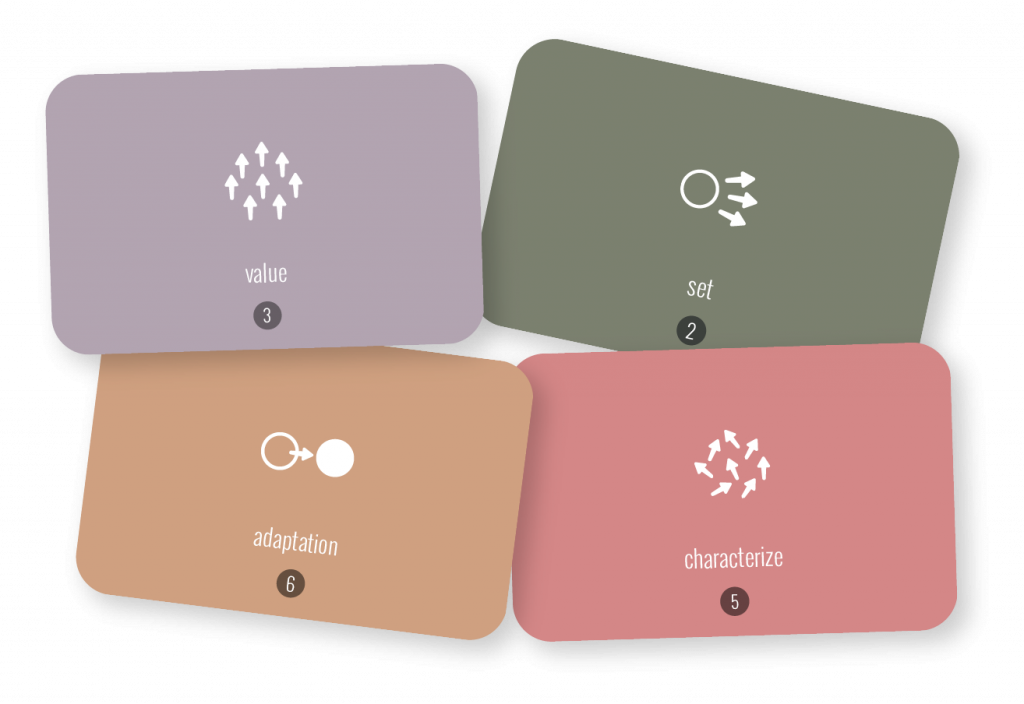
Learning Assessment Design Deck
Choose between a free downloadable version of the card deck that you can print and cut to get started or a real card deck that will last. Pick whatever works for you.
Learning Objective Design Deck by Imaginary Institute is licensed under CC BY 4.0
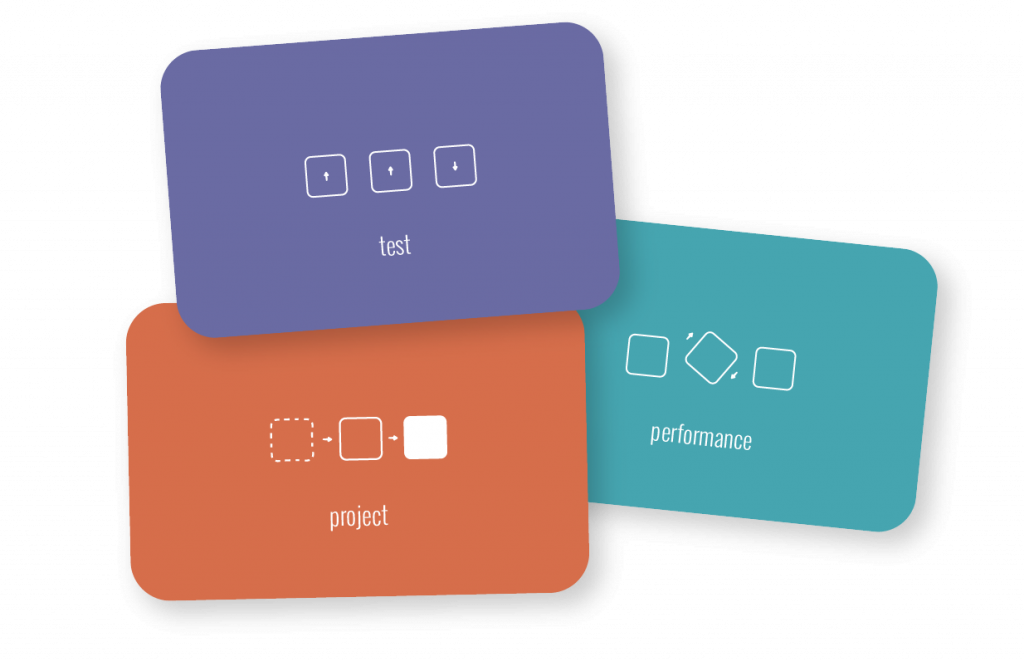
Credits
tba